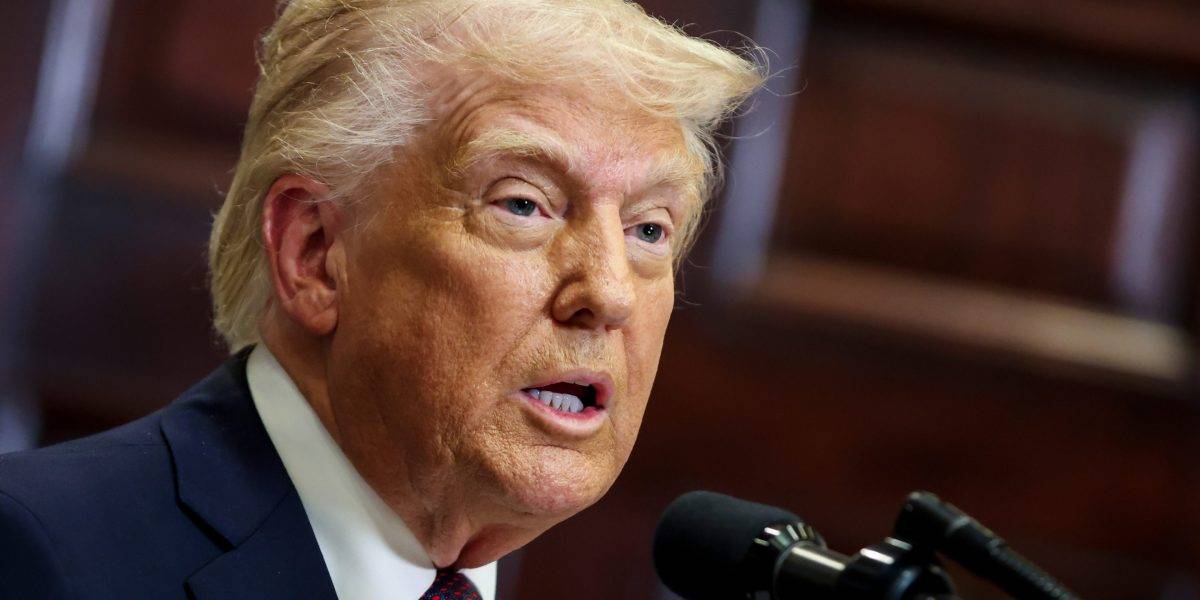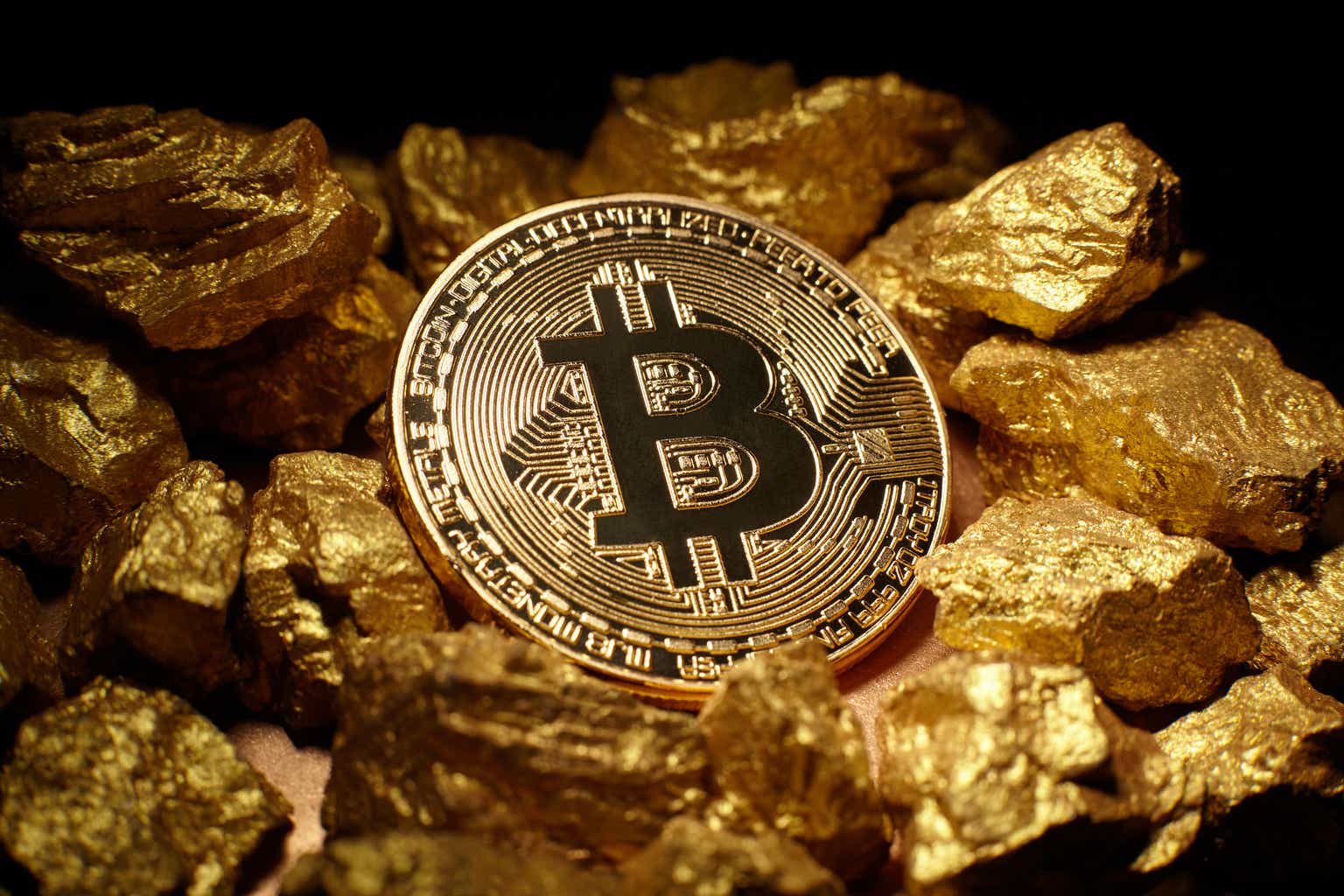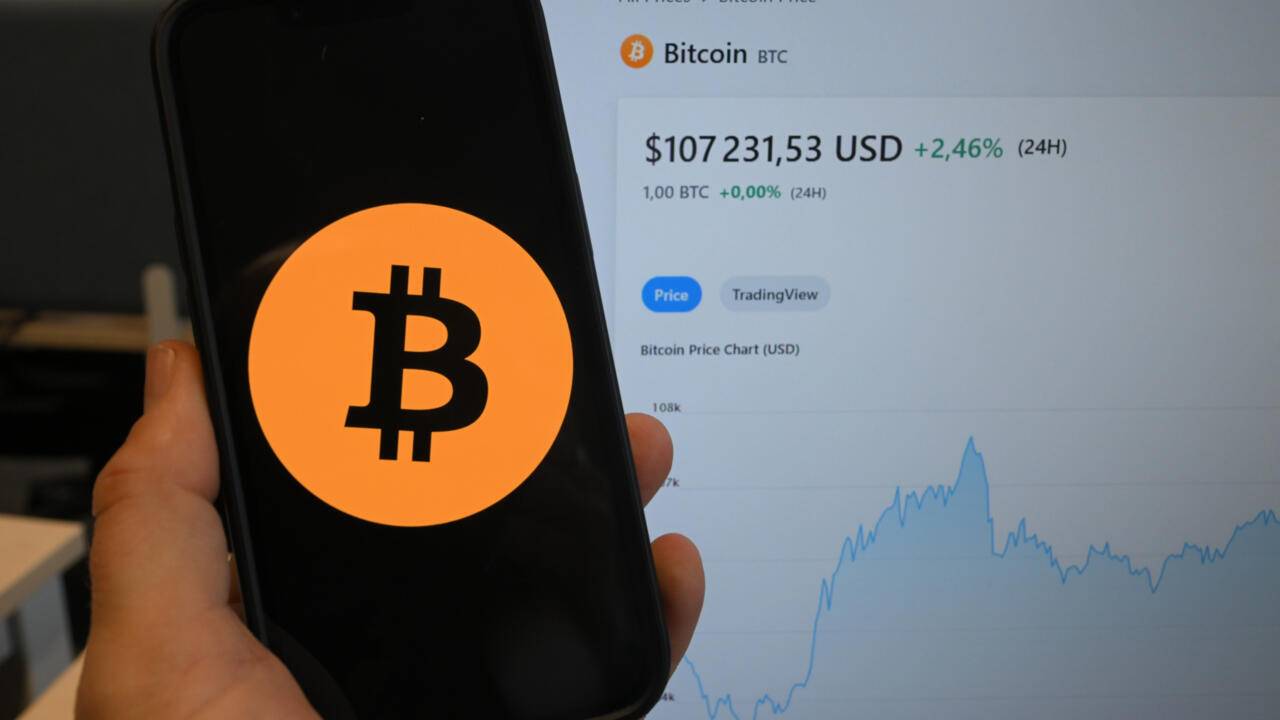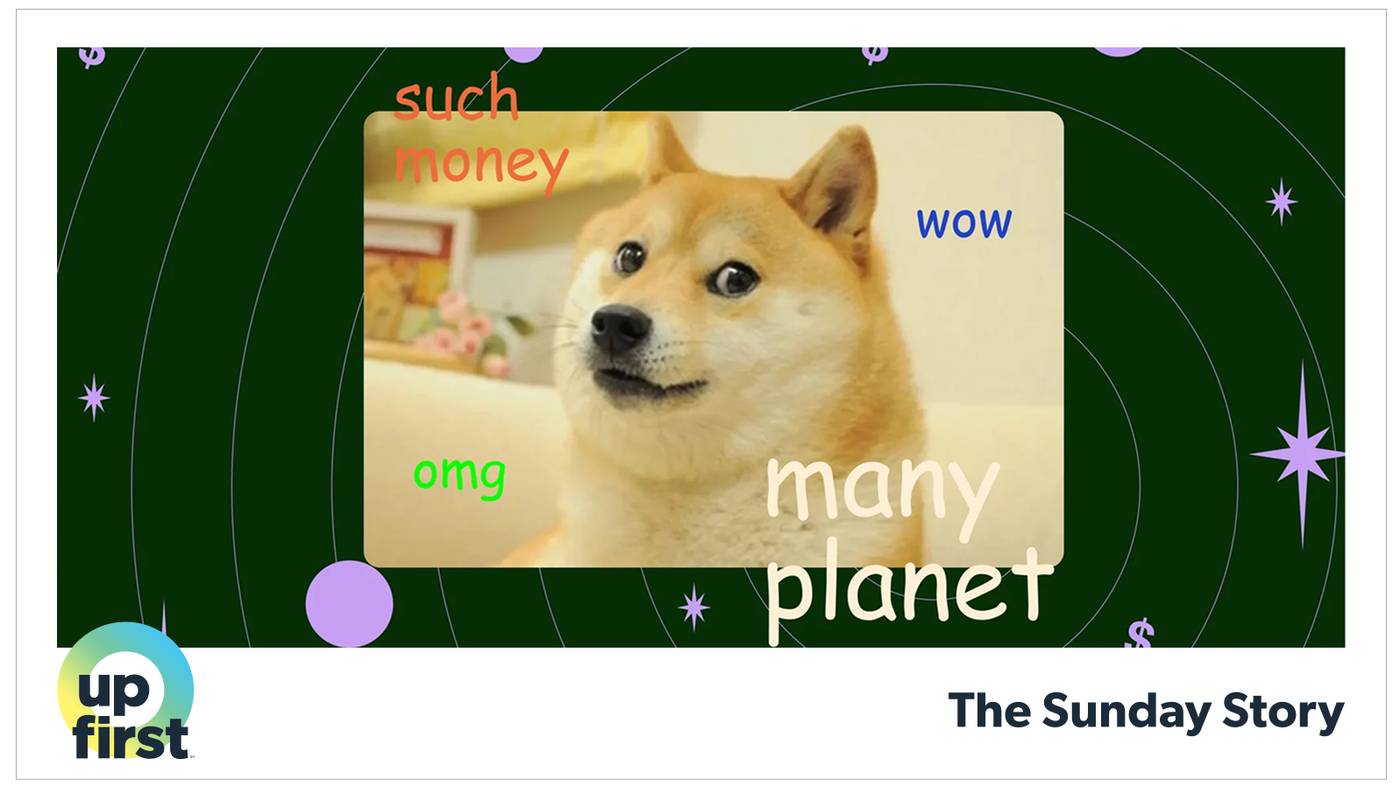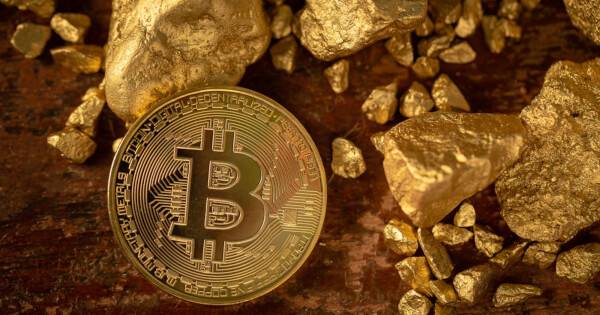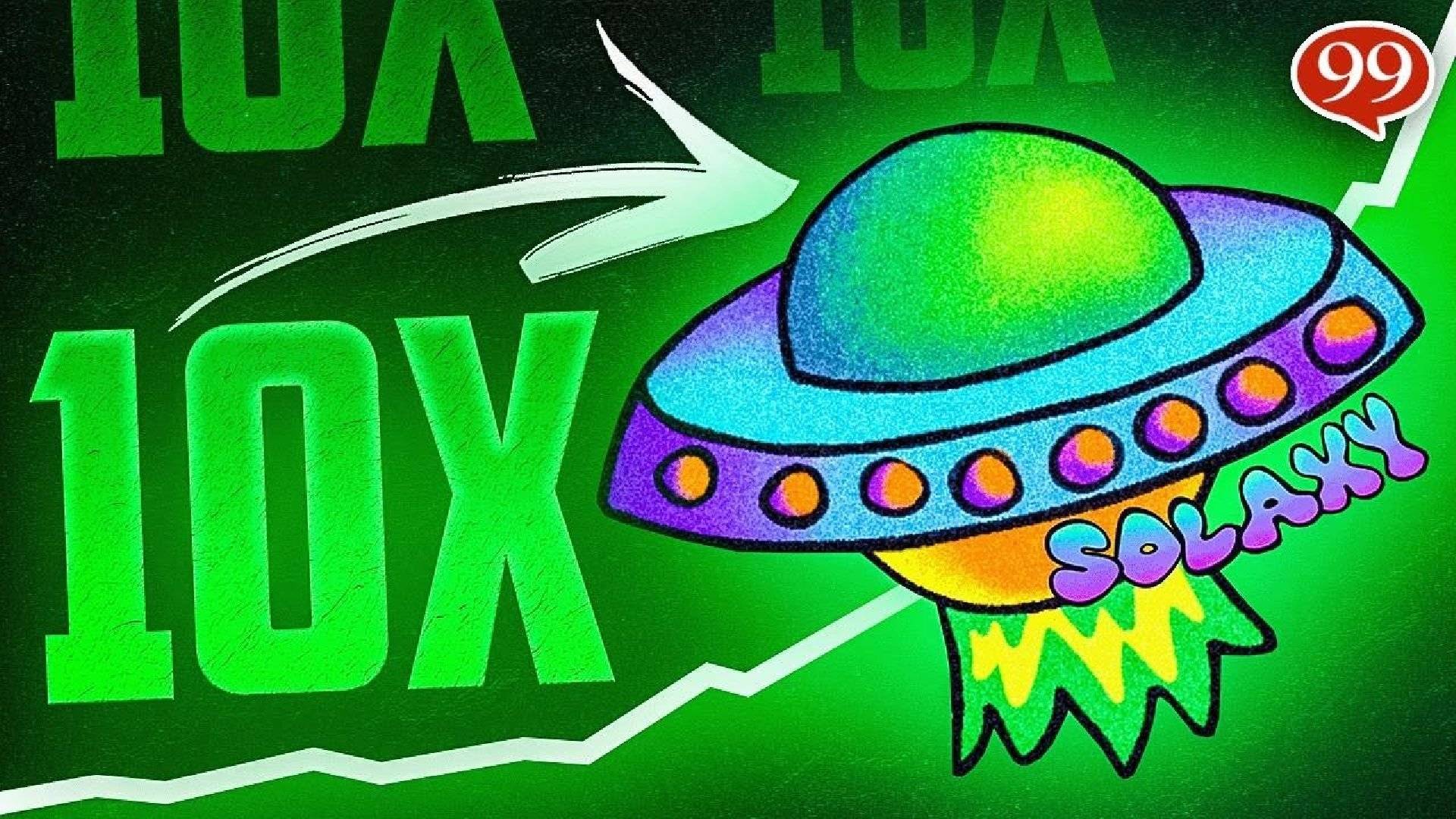The Introduction of USD1 Stablecoin
The cryptocurrency landscape is shifting once again, this time with the introduction of the USD1 stablecoin by World Liberty Financial. Officially launched on March 4, the U.S. dollar-backed digital asset arrives with significant backing from U.S. President Donald Trump. However, despite its ambitious goals of fostering decentralized digital payments, USD1 remains unavailable for trading at this stage.
The Role of Stablecoins in Digital Finance
Stablecoins have played an increasingly pivotal role in digital finance, offering a practical bridge between the world of crypto and traditional money. Designed to maintain a steady value by pegging to conventional assets, they provide an alternative to the extreme volatility associated with tokens like Bitcoin and Ethereum. The popularity of stablecoins has surged as more investors and businesses seek reliable digital transaction methods.
USD1’s Launch and Market Position
USD1 has launched on both the Ethereum and BNB Chain networks, with a circulating supply surpassing $3.5 million. World Liberty Financial intends to drive global stablecoin adoption, positioning USD1 as a key contender in an increasingly crowded market. The deployment was acknowledged by former Binance CEO Changpeng “CZ” Zhao, who confirmed USD1’s integration while noting its current lack of trading availability.
Regulatory Landscape and the GENIUS Act
The timing of this launch coincides with major legislative efforts surrounding stablecoins in the U.S. The GENIUS Act, designed to establish a regulatory framework for stable digital assets, recently advanced past the Senate Banking Committee. Lawmakers anticipate its potential approval by June, marking a pivotal moment in the regulatory landscape. With President Trump’s direct connection to USD1, the political and economic implications of stablecoin regulation could become a source of contention.
Market Reactions to USD1
Despite USD1 not yet being fully available for trade, its introduction has influenced market sentiment. Binance Coin (BNB) experienced an uptick in value following the announcement, signaling heightened interest within the crypto community. However, this enthusiasm has yet to translate into sustained price surges, particularly when compared to past token launches of similar scale.
Challenges and Opportunities for USD1
The emergence of USD1 presents both opportunities and challenges in the stablecoin sector. On one hand, it provides another entry point for users hoping to avoid volatile price swings. On the other, the regulatory uncertainties surrounding stablecoins, especially one tied to a sitting U.S. president, create layers of complexity. Moreover, with established players like Tether (USDT) and USD Coin (USDC) already dominating the industry, USD1 faces stiff competition in securing market trust and adoption.
The Future of USD1 and Stablecoin Adoption
The future of USD1 and broader stablecoin initiatives remains uncertain. If regulatory approval moves forward smoothly, such digital assets could gain mainstream traction. However, political scrutiny, industry rivalries, and potential legal challenges may present hurdles. As the crypto sector continuously evolves, stablecoins like USD1 will serve as a crucial test of how traditional financial structures adapt to decentralized innovations.
For ongoing updates on digital asset developments, visit Epochedge cryptocurrency.

